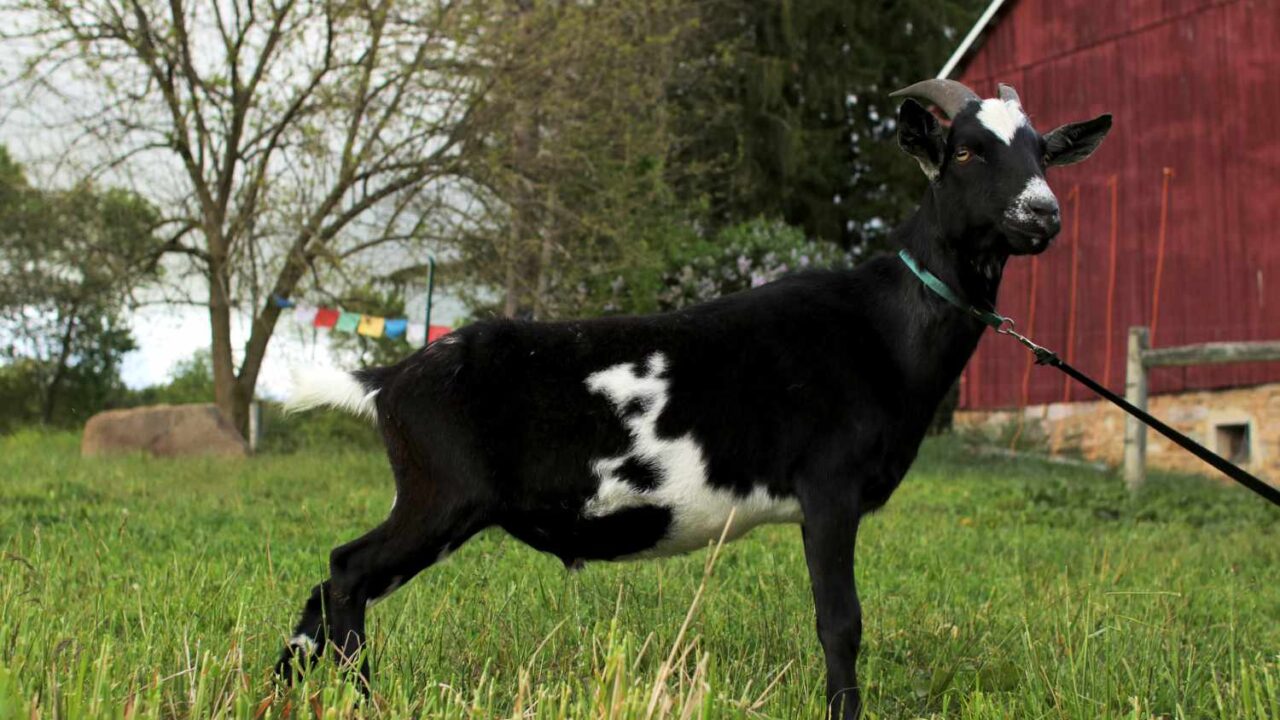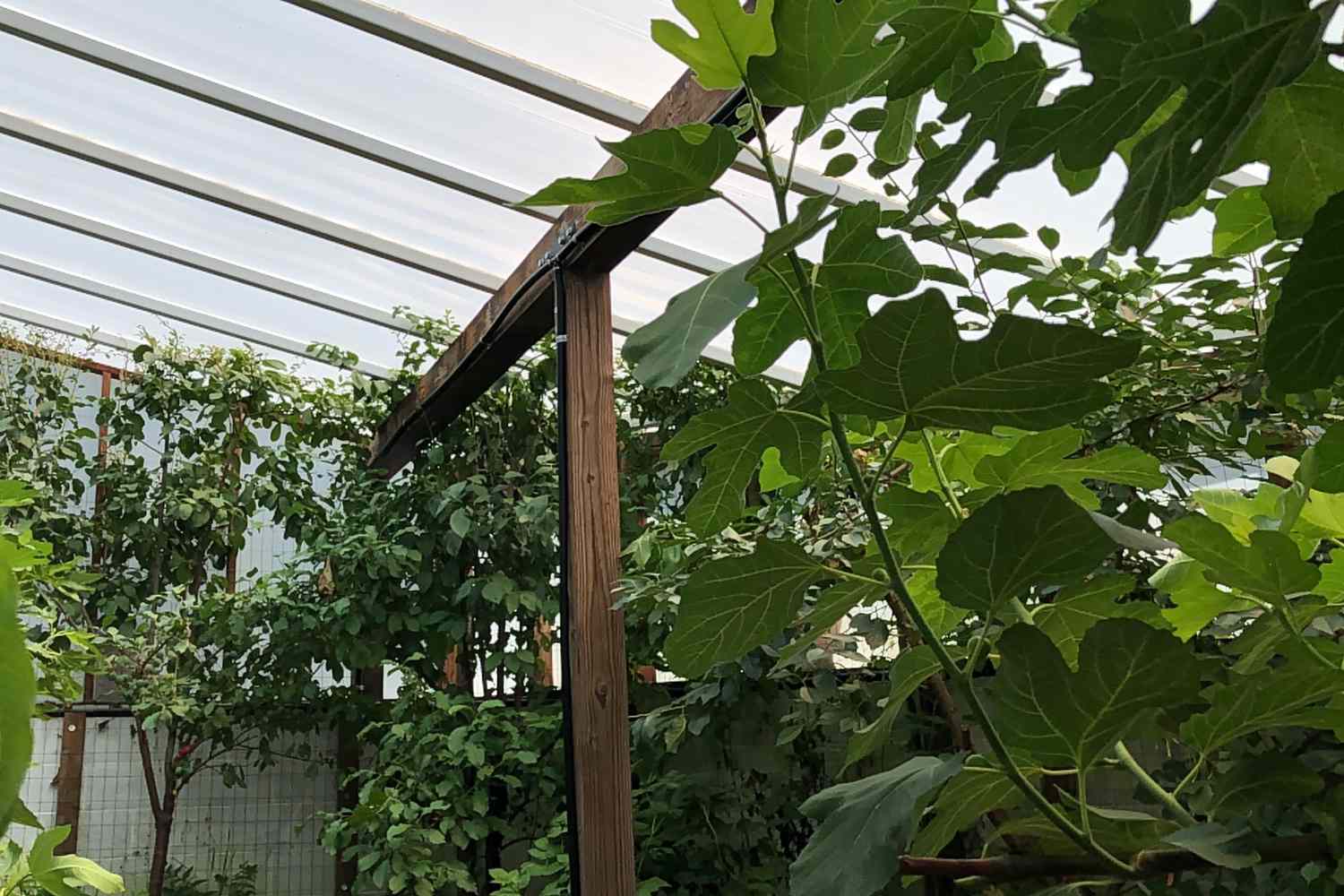Growers in chilly climates usually make the most of numerous approaches to increase the rising season or enhance their crops, together with chilly frames, hoop homes, and greenhouses. Greenhouses—usually glazed constructions— are sometimes costly to assemble and warmth all through the winter. However, they’ve their advantages, which is why underground greenhouses might be viable options.
The walipini (an Aymara Indian phrase for a “place of heat”), also called an underground or pit greenhouse, is a way more inexpensive and efficient year-round choice than the standard glass greenhouse. First developed for the chilly mountainous areas of South America, the in-ground greenhouse permits growers to take care of a productive backyard three hundred and sixty five days a 12 months, even within the coldest climates.
How an Underground Greenhouse Works and Methods to Construct One
An underground greenhouse (walipini) is an intriguing set-up combining the rules of passive photo voltaic heating with an earth-sheltered constructing. However how do you make one? American sustainable agriculture non-profit Benson Institute offers the enlightening guide beneath on how an underground greenhouse works and construct one:
The Walipini makes use of nature’s assets to offer a heat, secure, well-lit atmosphere for year-round vegetable manufacturing. Finding the rising space 6’ to eight’ underground and capturing and storing daytime photo voltaic radiation are crucial rules in constructing a profitable Walipini.
The Walipini, in easiest phrases, is an oblong gap within the floor 6‛ to eight’ deep lined by plastic sheeting. The longest space of the rectangle faces the winter solar – to the north within the Southern Hemisphere and to the south within the Northern Hemisphere. A thick wall of rammed earth behind the constructing and a a lot decrease wall on the entrance present the wanted angle for the plastic sheet roof. This roof seals the opening, offers an insulating airspace between the 2 layers of plastic (a sheet on the highest and one other on the underside of the roof/poles) and permits the solar’s rays to penetrate making a heat, secure atmosphere for plant progress.
Benson Institute’s earth-sheltered greenhouse faucets into the earth’s thermal mass a lot much less power is required to warmth the walipini’s inside than an aboveground greenhouse. After all, there are precautions to absorb waterproofing, drainage, and air flow, whereas aligning the greenhouse correctly to the solar—which the guide covers intimately.
Better of all, in accordance with Benson Institute, its 20’x74′ walipini discipline mannequin in La Paz value simply round $250 to $300 to construct, thanks to assist from the house owners and their neighbors, and the usage of cheaper supplies like plastic ultraviolet (UV) protecting sheeting and PVC piping.
Low cost and efficient, an underground greenhouse is an effective way for growers to supply meals year-round in colder climates.





